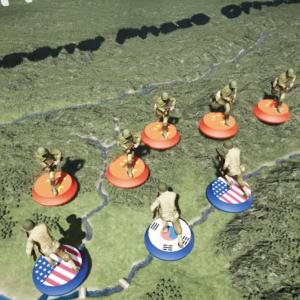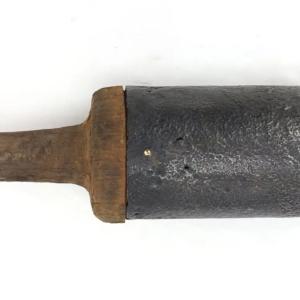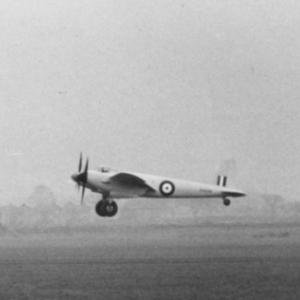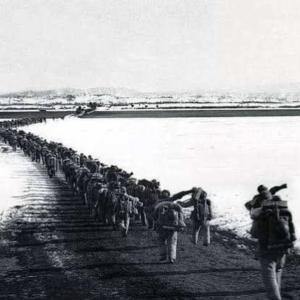
V-2 Attack
On a mild Saturday lunchtime in late 1944, a crowded Woolworths store in New Cross was wiped out in seconds by a weapon that gave no warning at all. The V-2 rocket attack of 25 November became one of the most devastating incidents of the entire V-weapon campaign and the deadliest V-2 strike on Britain.
By this stage of the war, Londoners had endured months of V-1 flying bombs, whose spluttering engines at least offered a brief signal before impact. The V-2, however, arrived without sound or sight. Fired from the Netherlands, it arced into the edge of space and plunged down faster than the speed of sound. Its arrival was marked only by a sudden explosion. The first landed on Chiswick in September 1944, and by late autumn the missiles were falling across London with increasing frequency.
The Woolworths on New Cross Road, opened in 1929, was a well-known part of local life. It was the kind of store people visited for everyday necessities—cheap household items, toys, and small treats. Trams ran past its windows, and it often felt busier on Saturdays, when families did their weekend errands. Earlier in the year, Lewisham High Street had suffered a deadly V-1 strike, and although the Woolworths there escaped serious damage, it was clear that south London’s shopping streets were within the danger zone.
Saturday 25 November was bright for late November, and news had travelled quickly that Woolworths had received a rare consignment of saucepans, rationing-era essentials that most households struggled to find. By midday, the shop was bustling with shoppers making the most of the unexpected stock.
At 12:26 pm, a V-2 fell without any hint of approach. It struck close to the store’s entrance, and in an instant the building was destroyed. The blast tore through the street, overturning vehicles and bringing down brickwork, timber and glass in a dense, choking cloud. Those inside had no time to react.
Rescue workers, soldiers stationed nearby and local volunteers rushed in as soon as the debris stopped falling. They worked through the ruins by hand, helped by neighbours who brought buckets, ladders, and whatever tools they could find. The destruction, however, was so severe that many victims could not be recovered intact. The official death toll reached 168, with over a hundred injured. Most of the victims were ordinary shoppers—many of them women and children—who had simply been queueing for household goods.
Although wartime reporting restrictions muted early coverage, the scale of the tragedy was soon widely known in the surrounding districts. Funerals filled the days that followed, and for many families the losses were sudden and unimaginable. Yet life in New Cross continued: nearby shops reopened, buses returned to their routes, and residents carried on under the continuing threat of further V-2s that winter.
The destruction of the New Cross Woolworths became a defining moment in the history of the V-2 campaign. It demonstrated the sheer unpredictability of the missile strikes and the heavy civilian cost paid in the final months of the war. Today, a simple plaque marks the site, preserving the memory of a day when a familiar corner shop became the centre of one of London’s darkest wartime tragedies.










